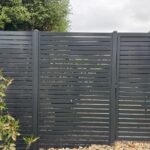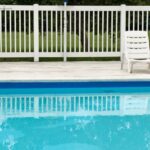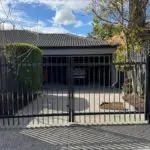Automatic sliding gates offer a sleek, space-efficient, and secure way to protect your property in Melbourne. However, like any mechanical system, they require regular maintenance and occasional repairs to ensure optimal performance. Melbourne’s variable climate—ranging from hot summers to wet winters—can take a toll on outdoor structures, including your automatic sliding gate. Knowing how to properly maintain and repair your gate will help extend its lifespan, save you money on major repairs, and ensure consistent security for your home or business.
In this comprehensive guide, we’ll explore the common issues that affect automatic sliding gates, how to repair them, and what maintenance routines will keep your gate functioning smoothly.
How Do Automatic Sliding Gates Work?
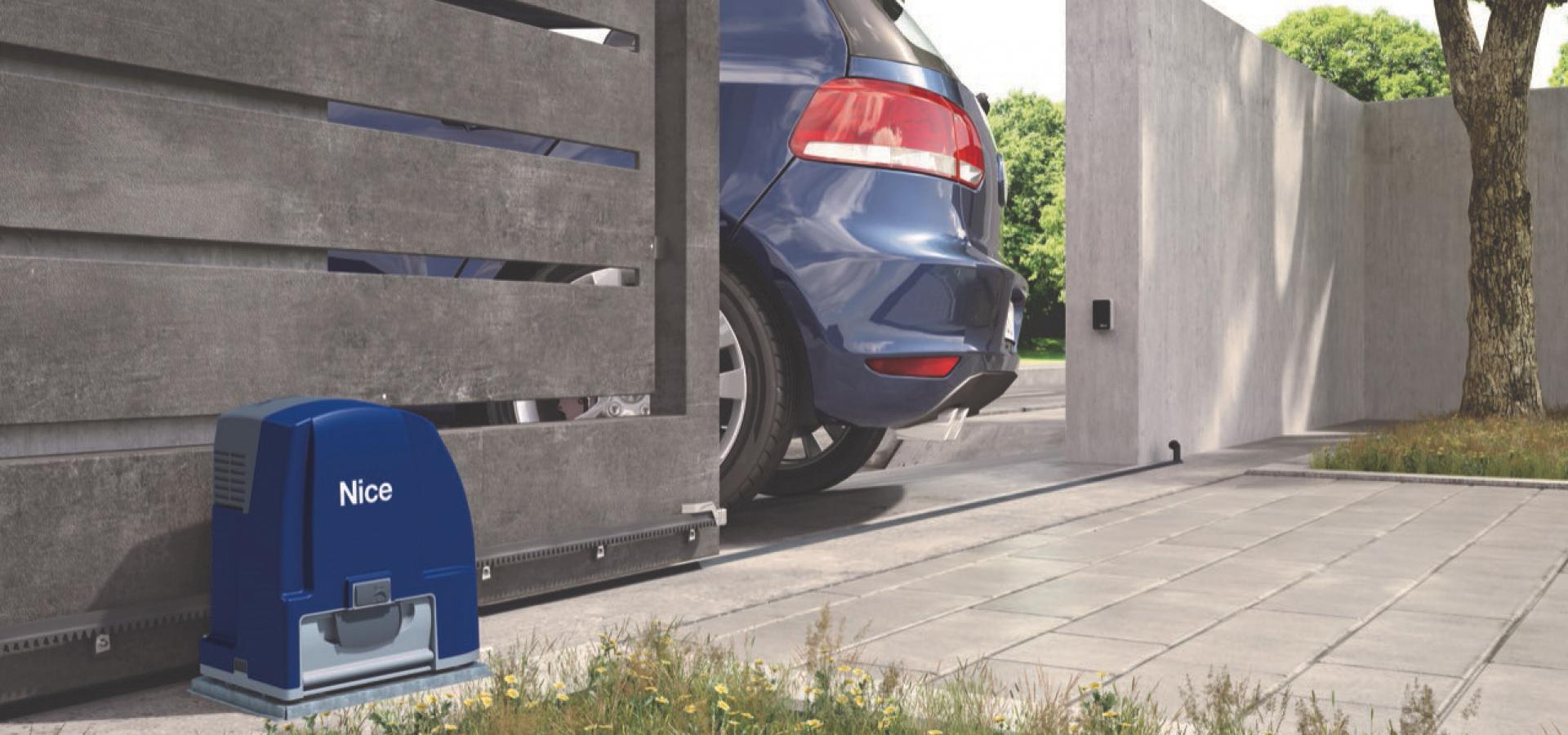
Before diving into repairs and maintenance, it’s essential to understand how an automatic sliding gate operates. These gates move horizontally along a track, powered by an electric motor. They are often equipped with automation systems such as remote control access, sensors, and smart technology integration, which make them convenient and secure.
The main components of an automatic sliding gate include:
- The Gate: This can be made of various materials such as steel, aluminum, or timber.
- Tracks and Wheels: The gate slides along a track, guided by wheels or rollers.
- Electric Motor: Powers the gate’s movement.
- Control System: Manages the gate’s opening and closing, often including remotes, keypads, or smartphone integration.
- Safety Sensors: Detect obstacles and prevent accidents by stopping or reversing the gate if something is in the way.
Understanding these parts will help you troubleshoot problems and know when a professional is needed for repairs.
Common Issues with Automatic Sliding Gates

While automatic sliding gates are designed for durability, several common issues can arise, particularly in Melbourne’s unpredictable climate. Here are the most frequent problems and their causes:
1. Gate Not Sliding Smoothly
If your sliding gate isn’t moving as smoothly as it should, the problem is often with the tracks or rollers. Dirt, debris, or rust may be clogging the tracks, preventing the gate from sliding freely. In some cases, the rollers or wheels may be worn out and need replacing.
2. Motor Failure
A malfunctioning motor can cause your gate to stop operating entirely. This issue could be due to electrical faults, overuse, or wear and tear over time. Melbourne’s rainy weather can also contribute to moisture damaging the motor, especially if the system is not properly weatherproofed.
3. Sensor Issues
Safety sensors are a critical feature of automatic sliding gates, preventing them from closing on people, vehicles, or pets. If the sensors are malfunctioning, they may stop the gate from closing properly or cause it to reverse unexpectedly. Often, sensor problems are due to misalignment, dirt, or damage.
4. Power Supply Problems
Automatic sliding gates require a steady power source. Power outages, electrical faults, or blown fuses can stop the gate from working. In Melbourne, where occasional power outages can occur, having a backup power supply (such as a battery) is crucial to ensure continuous operation.
4. Rust and Corrosion
Melbourne’s varying weather conditions, particularly during the winter months, can lead to rust and corrosion on metal gates. Rust can weaken the gate structure and cause mechanical parts to seize up, affecting performance.
DIY Repairs for Automatic Sliding Gates
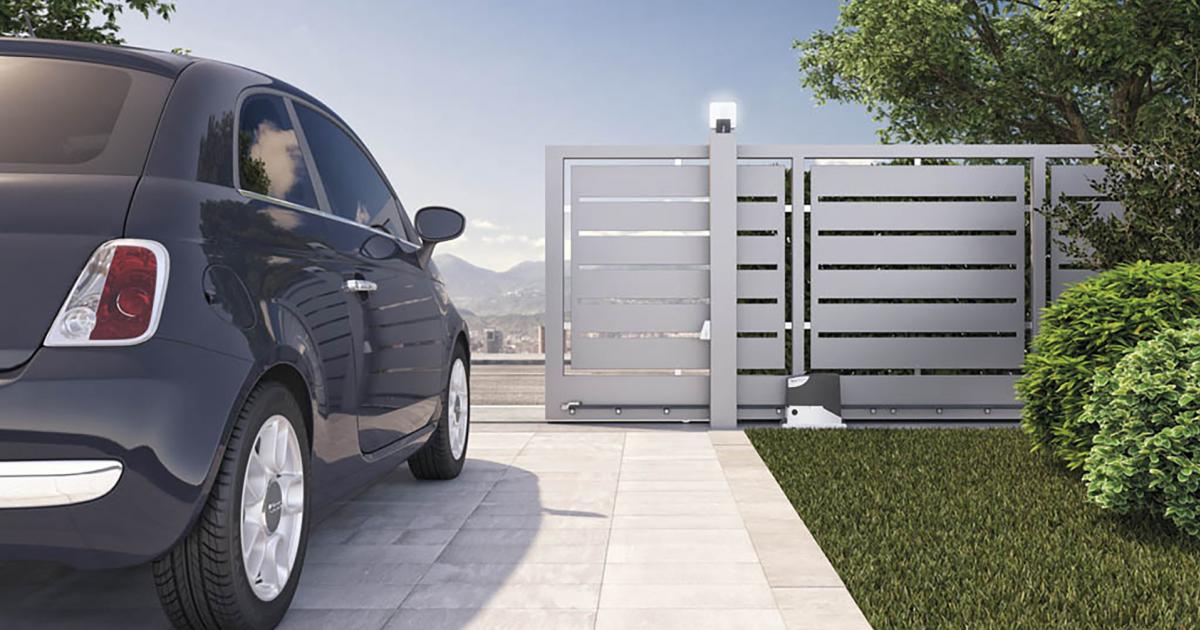
While some issues with automatic sliding gates require professional attention, there are several repairs you can handle yourself with the right tools and knowledge. Here are some common DIY repairs:
1. Cleaning the Tracks
Dirt and debris in the tracks are one of the most common reasons sliding gates don’t operate smoothly. Regularly clean the tracks to ensure the gate can move freely. Use a stiff brush to remove dirt, leaves, and other debris, and if necessary, rinse the tracks with water. Be sure to dry them thoroughly to prevent rust from forming.
2. Lubricating Moving Parts
Lubricating the moving parts, such as the rollers, hinges, and motor components, is essential to keep your automatic sliding gate functioning smoothly. Use a high-quality, weather-resistant lubricant (such as a silicone-based lubricant) to reduce friction and wear on these parts. Avoid over-lubricating, as excess grease can attract dirt and clog the mechanism.
3. Realigning the Sensors
If your gate’s sensors aren’t working correctly, they may need to be realigned. Check the alignment of the sensors to ensure they are facing each other directly. Clean them to remove any dust or dirt that might be obstructing the beam. If the sensors are damaged or faulty, consider replacing them.
4. Resetting the Motor
Sometimes, the motor may simply need a reset to resolve functionality issues. Consult your gate’s manual for instructions on how to reset the motor. This often involves turning off the power, waiting for a few minutes, and then switching it back on. If the motor still doesn’t function, further troubleshooting or a professional inspection may be necessary.
5. Replacing Worn-Out Rollers
If your gate isn’t sliding smoothly, the rollers might be worn out. You can purchase replacement rollers from a hardware store or the gate’s manufacturer. Make sure to select rollers that are compatible with your gate model. Installing the new rollers is generally straightforward, but if you’re unsure, consult a professional.
When to Call a Professional for Repairs

While DIY repairs can resolve some issues, there are certain problems that require professional attention. If you encounter any of the following, it’s best to call in a qualified gate technician:
- Motor Failure: If your motor fails repeatedly or emits unusual noises, it may need to be repaired or replaced.
- Electrical Issues: Electrical problems, such as faulty wiring or recurring power supply failures, should only be handled by a professional to ensure safety.
- Structural Damage: If the gate itself is damaged—bent, warped, or rusted beyond repair—it may need professional restoration or replacement.
- Advanced Sensor Problems: If resetting or cleaning the sensors doesn’t resolve the issue, they may need to be professionally replaced.
- Major Alignment Issues: If the gate has shifted out of alignment and won’t slide properly, a technician can realign the tracks and ensure everything is functioning correctly.
Regular Maintenance Tips for Automatic Sliding Gates in Melbourne
To keep your automatic sliding gate operating smoothly and prevent costly repairs, regular maintenance is essential. Here are some maintenance tips specific to Melbourne’s climate:
1. Monthly Cleaning and Inspection
Perform a monthly inspection of your gate to check for dirt, debris, or wear and tear. Clean the tracks, rollers, and any exposed components to prevent build-up. Melbourne’s weather can cause leaves and dust to accumulate quickly, so regular cleaning is key to preventing operational issues.
2. Lubricate Moving Parts Every 6 Months
To keep the gate’s moving parts in good condition, lubricate the hinges, rollers, and tracks every six months. Use a weather-resistant lubricant, particularly during Melbourne’s wet winter months, to reduce the risk of rust.
3. Check for Rust and Corrosion
Inspect your gate for signs of rust and corrosion, especially if it’s made of metal. Apply a rust-resistant paint or treatment as needed to protect the gate from further damage. For steel gates, a powder coating can provide additional protection against the elements.
4. Ensure Proper Drainage Around the Gate
Melbourne’s rainfall can lead to water pooling around the base of your gate, causing rust and foundation issues. Ensure there is proper drainage around the gate area to prevent water from accumulating. If necessary, install drainage systems or divert water flow to protect the gate.
5. Test Safety Sensors Regularly
Test your gate’s safety sensors at least once a month to ensure they are working correctly. Place an object in the path of the gate to verify that it stops or reverses as expected. This is particularly important if you have children or pets, as malfunctioning sensors can pose a safety risk.
6. Inspect Electrical Components Annually
At least once a year, have a professional inspect the motor and electrical components of your automatic sliding gate. They can check for worn-out parts, faulty wiring, and ensure that the system is operating efficiently.
Weather-Proofing Your Gate for Melbourne’s Climate
Melbourne’s weather can be unpredictable, with hot, dry summers and wet, windy winters. Weather-proofing your automatic sliding gate is essential to prevent damage and ensure longevity.
1. Protecting the Motor
Ensure the motor is protected from the elements. Many gate motors come with weatherproof housings, but if yours doesn’t, consider installing a cover to shield it from rain and dust. Moisture can damage the electrical components and cause the motor to fail.
2. Applying a Protective Coating
If your gate is made of metal, apply a protective coating to prevent rust and corrosion. For timber gates, use a sealant to protect the wood from moisture and UV damage. Reapply these treatments as needed, particularly after Melbourne’s rainy season.
3. Wind Resistance
Strong winds can put extra strain on your gate, especially if it’s large or heavy. Ensure that the gate is properly secured to its tracks and consider installing wind bracing if you live in an area prone to high winds.
The Cost of Repairing and Maintaining Automatic Sliding Gates in Melbourne
The cost of repairing and maintaining automatic sliding gates varies depending on the extent of the damage and the type of gate you have. Here’s a general breakdown of the costs you might expect:
- DIY Repairs: Minor repairs like cleaning, lubricating, or realigning sensors can often be done for less than $100, especially if you already have the necessary tools and materials.
- Professional Repairs: For more complex repairs, such as motor replacement or electrical work, expect to pay anywhere from $300 to $1,000 or more, depending on the issue.
- Annual Maintenance: Hiring a professional for annual maintenance, including inspection and lubrication, typically costs between $150 and $300.
- Weather-Proofing: Adding a protective coating or upgrading to more durable materials can cost several hundred dollars, but it’s a worthwhile investment to extend the life of your gate.
Conclusion: Keeping Your Automatic Sliding Gate in Top Condition
Maintaining and repairing your automatic sliding gate is crucial to ensuring it continues to operate smoothly and securely. By following the tips outlined in this guide, you can extend the life of your gate, reduce the need for costly repairs, and enjoy the convenience and security it offers.
If you’re in Melbourne and need assistance with maintaining, repairing, or installing an automatic sliding gate, contact Pentagon Fencing & Gates. Our team of experts is ready to help you with all your gate needs, ensuring your gate stays in top condition for years to come.

